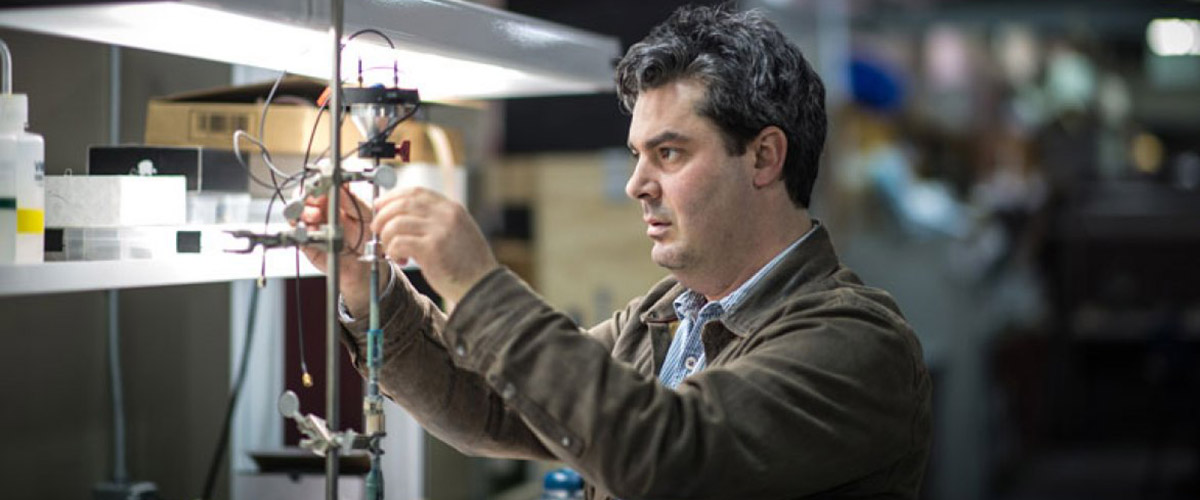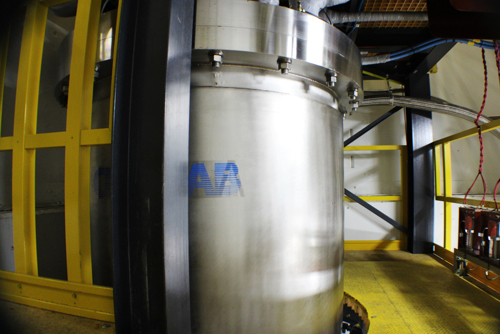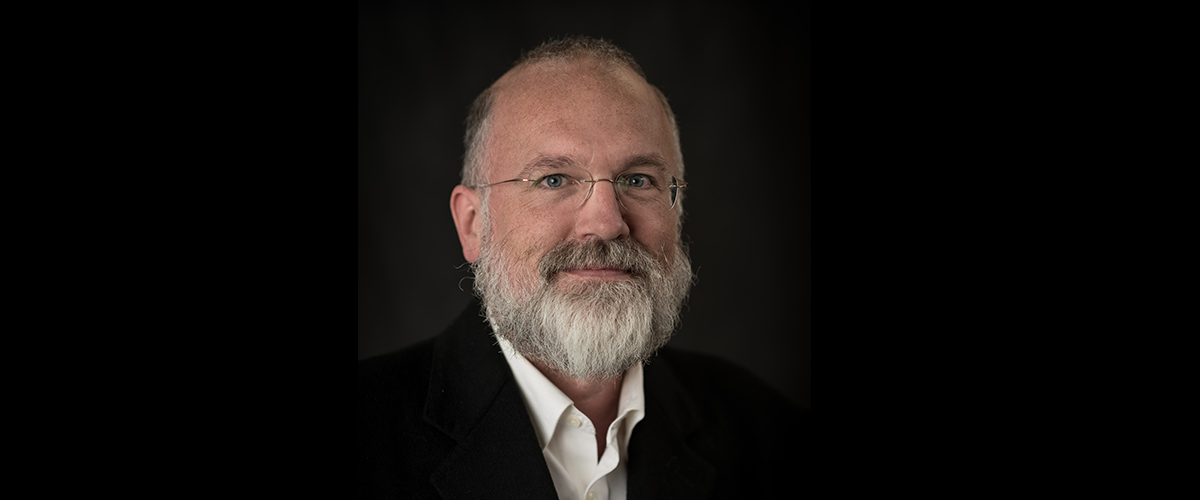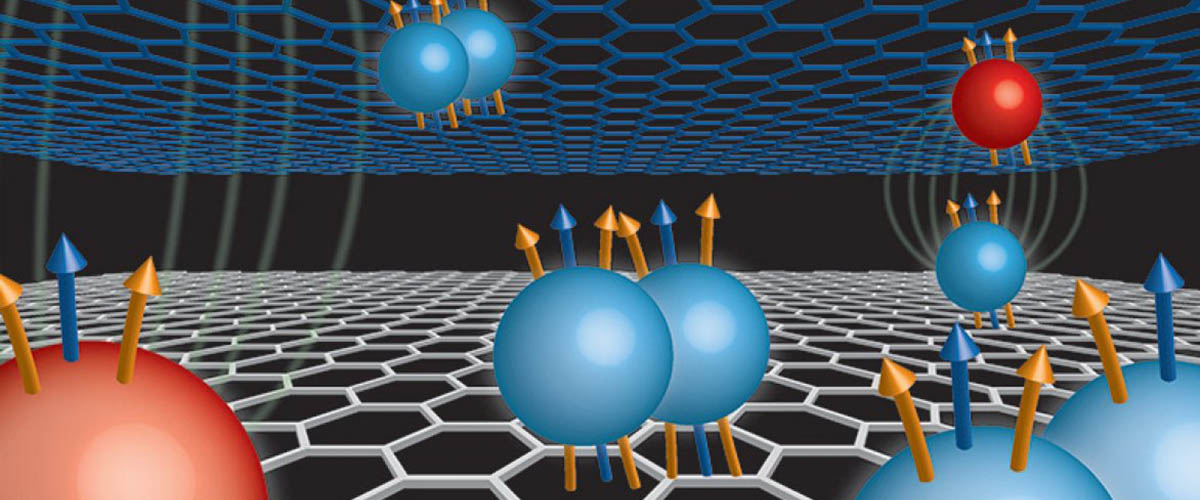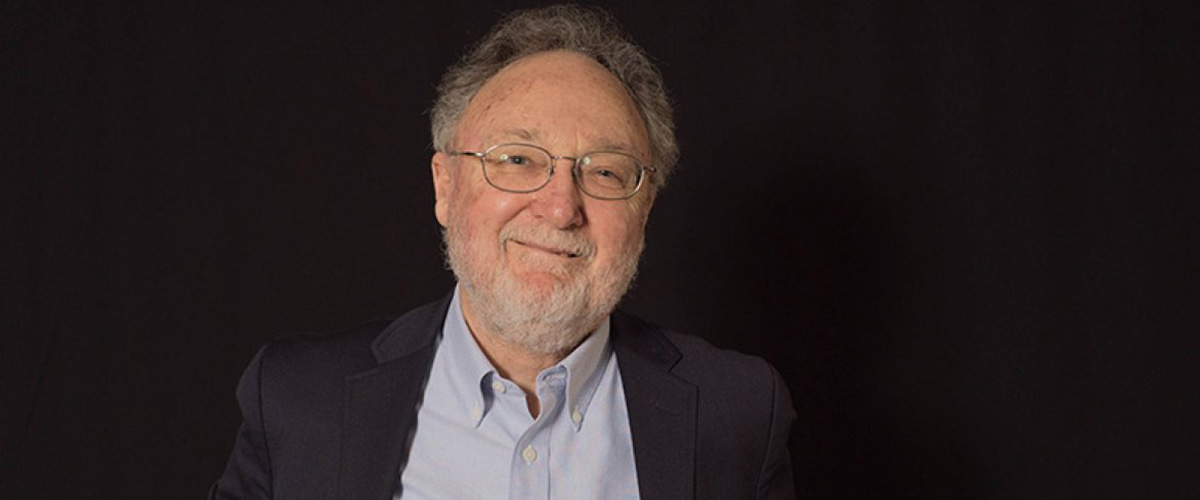Contact: Arkady Shehter or Kristin Roberts
TALLAHASSEE, Fla. — Scientists at the National High Magnetic Field Laboratory (National MagLab) have discovered a behavior in materials called cuprates that suggests they carry current in a way entirely different from conventional metals such as copper. The research, published today in the prestigious journal Science, adds new meaning to their moniker, "strange metals."
Cuprates are high-temperature superconductors (HTS), meaning they can carry current without any loss of energy at somewhat warmer temperatures than conventional, low-temperature superconductors (LTS). Although scientists understand the physics of LTS, they haven’t yet cracked the nut of HTS materials. Exactly how the electrons travel through these materials remains the biggest mystery in the field.
For their research on one specific cuprate, lanthanum strontium copper oxide (LSCO), a team led by MagLab physicist Arkady Shekhter focused on its normal, metallic state — the state from which superconductivity eventually emerges when the temperature dips low enough. This normal state of cuprates is known as a "strange" or "bad" metal, in part because the electrons don't conduct electricity particularly well.
Scientists have studied conventional metals for more than a century, and generally agree on how electricity travels through them. They call the units that carry charge through those metals "quasiparticles," which are essentially electrons after you've factored in their environment. These quasiparticles act nearly independently of each other as they carry electric charge through a conductor.

Schematic doping-field-temperature phase diagram in the vicinity of critical doping.
Reprinted with permission from Giraldo-Gallo et al., Science (2 August 2018)
But does quasiparticle flow also explain how electric current travels in the cuprates? At the National MagLab's Pulsed Field Facility at Los Alamos National Laboratory, Shekhter and his team investigated the question. They put LSCO in a very high magnetic field, applied a current to it, then measured the resistance.
The resulting data revealed that the current can not, in fact, travel via conventional quasiparticles, as it does in copper or doped silicon. The normal metallic state of the cuprate, it appeared, was anything but normal.
"This is a new way metals can conduct electricity that is not a bunch of quasiparticles flying around, which is the only well-understood and well-agreed-upon language so far," said Shekhter. "Most metals work like that."
So, if not by quasiparticles, exactly how is charge being carried in the strange metal phase of LSCO? Shekhter's group wanted to understand that, too. Their data suggests it may be some kind of team effort by the electrons.
Scientists have known for some time about an intriguing behavior of LSCO: In its normal conducting state, resistivity changes linearly with temperature. In other words, as the temperature goes up, LSCO's resistance to electrical current goes up proportionately, which is not the case in conventional metals.



